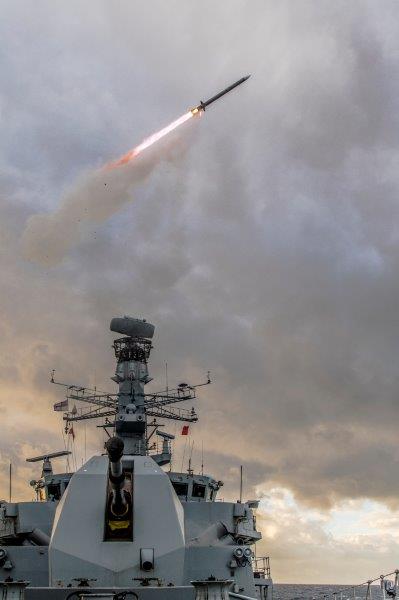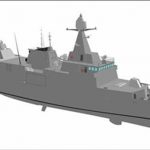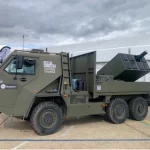La Royal Navy completa i lanci di prova del missile MBDA Sea Ceptor

The Royal Navy has successfully conducted the final First of Class firing trials of the new Sea Ceptor air defence system – completing the qualification firings of this cutting-edge new capability for the Royal Navy.
Following on from the first round of trials this summer, the second set of trials from HMS Argyll saw the system tested against more complex scenarios, including rapidly engaging multiple simultaneous threats.
With HMS Argyll having completed development testing of Sea Ceptor, the weapon system is now being rolled out to the Royal Navy’s other Type 23 Frigates. The first of a series of installation test firings has been successfully completed on HMS Westminster. Each Sea Ceptor platform will similarly complete an installation test firing in due course as they prepare to re-join frontline service after their refits.
Sea Ceptor offers a step-change in capability compared with legacy systems like Sea Wolf, which it is replacing in Royal Navy service. While Sea Wolf gave Royal Navy warships the capability to protect themselves, with Sea Ceptor the navy’s frigates will now also be able protect other vessels.
Speaking following the success of the trials, Nick Neale, Sea Ceptor Programme Manager at MBDA said: “The performance and capabilities of Sea Ceptor have been fully demonstrated in these outstanding trials by the Royal Navy. Recognising the complexity of the new system, the consistent level of success achieved is quite remarkable and testament to the quality of MBDA’s verification and validation process”.
Sea Ceptor’s missile is called CAMM (Common Anti-air Modular Missile), and its unique features provide the key to this step-change in capability. These include its powerful rocket motor that provides double the range of Sea Wolf, and its active radar-seeker that allows the missile to engage targets without the need for complex and costly target illuminators.
CAMM also makes use of a soft-launch system that uses a gas generator to eject the missile from its canister, the benefits of which include: further increased range by saving all the rocket motor’s energy to power the intercept, reduced minimum intercept range, reduced stresses on the launch platform, significantly reduced maintenance requirements/costs, more compact installation on ship, and removes the need to manage the hot gas efflux on board.
Despite being brand new to the international market, the benefits that CAMM offers have already been widely acknowledged internationally; with a number of international customers having chosen it as the basis for their future local air defence capabilities.
As part of the Portfolio system of co-operation between the UK Ministry of Defence and MBDA, CAMM is also being brought into service as the weapon element of the Land Ceptor system to replace the British Army’s Rapier ground-based air defence systems. By operating a common missile, the UK armed forces will be able to take advantage of significant cost benefits throughout the lifecycle of the systems, including development, procurement, support costs and sharing a completely common stockpile.
Fonte: comunicato MBDA

RedazioneVedi tutti gli articoli
La redazione di Analisi Difesa cura la selezione di notizie provenienti da agenzie, media e uffici stampa.










